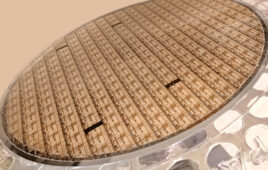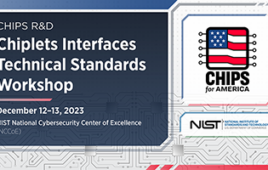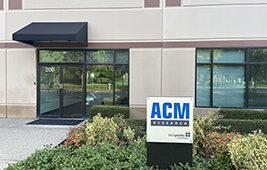As anyone who has held a laptop computer or cell phone knows, they produce heat that has the potential to damage the microchips inside. However, layered, crystalline black phosphorus could lead to a new microchip design that lets heat flow away and keeps electrons moving. For the first time, scientists observed that black phosphorus nanoribbons conduct heat two times more in the zig-zag direction compared to another direction.
Designers can now take advantage of the orientation-dependent thermal properties of phosphorus to keep microelectronic devices cool and improve their efficiency. The orientation-dependent behavior could boost energy efficiency in transistors and thermoelectric devices as well as lead to microchips that utilize different orientations of phosphorus for both cooling and microelectronics operation.
Black phosphorus is a natural layered semiconductor and is a promising candidate for electronic, optical, and optoelectronic applications. Theorists predicted that different crystallographic orientations of black phosphorus could have high heat flow and low electrical conductance; while other crystallographic orientations could have low heat flow and high electrical conductance. However, measuring the orientation dependence of these properties was extremely difficult.

Thermal properties (as measured via the experimental set-up on the right) of a black phosphorus nanoribbon were a factor of two different along two directions in the crystal structure (image on the left). Specifically, the zig-zag (ZZ) direction was two times more conductive than the “arm chair” (AC) direction. Image: Courtesy of Junqiao Wu, University of California-Berkeley, and reprinted from Nature Communications
Now, researchers, led by scientists at the University of California-Berkeley, have measured the anisotropic thermal properties in black phosphorus nanoribbons. In their research, the scientists micro-fabricated nanoribbons of black phosphorus into suspended devices to measure tiny thermal gradients and thermal conductivity. They found that the thermal conductivity was two times higher in the zig-zag crystal direction than the “arm chair” direction.
They also observed that the thermal properties depend on the size of the nanoribbons. It has been proposed that the anisotropic thermal properties are attributed to differences in phonon dispersion and phonon-phonon scattering rates. Scientists could use such orientation-dependent behavior to control heat generation and dissipation in transistors and thermoelectric devices.
Even more exciting, microchips could be designed with cooling optimized using phosphorous crystals in one crystallographic orientation, while operation of the device is controlled by taking advantage of the electrical conductance of phosphorous crystals oriented in a different direction.
Source: U.S. Department of Energy




